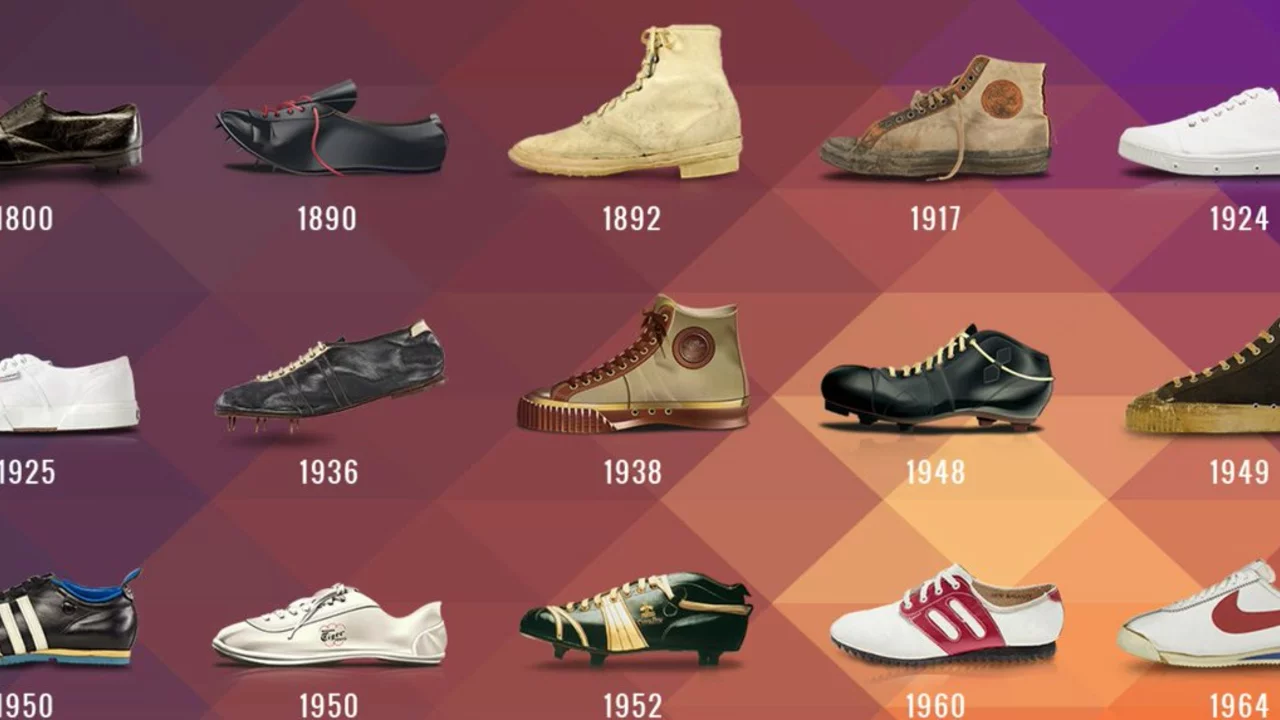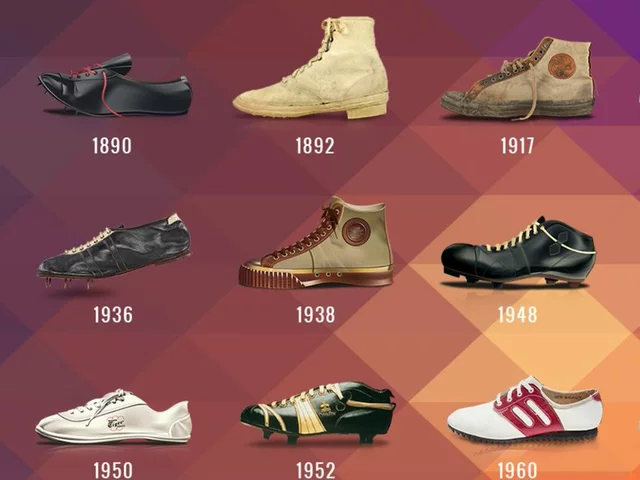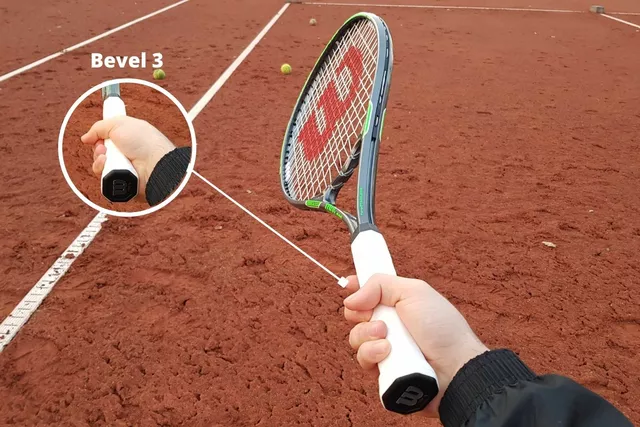Footwear History: The Evolution of Tennis Shoes
Ever wonder why your tennis shoes look so different from the ones in old movies? The answer lies in a long‑run of design tweaks, material upgrades, and player feedback. Let’s walk through the biggest changes and see how they affect your game today.
Early Days of Tennis Shoes
Back in the 1920s and 30s, players wore plain canvas sneakers that were meant for everyday wear, not sport. The soles were thin rubber, so you felt every crack in the court. As the game got faster, players needed better grip and more support. The first purpose‑built tennis shoes appeared in the 1950s: thicker midsoles, a slightly raised heel, and a herringbone tread that helped with lateral movement.
In the 1970s, manufacturers started using leather uppers for durability and added a padded collar for ankle stability. This was the era of the classic white shoe that still shows up in vintage photos. The biggest breakthrough came with the introduction of synthetic materials—like nylon and polyester—that cut weight and improved breathability.
Modern Tech and How to Pick the Right Pair
Today’s tennis shoes are built around three core ideas: stability, cushioning, and court‑specific traction. Stability comes from a wider base and reinforced frames that stop your foot from rolling. Cushioning is achieved with foam or air‑filled midsoles, giving you a softer feel on hard courts without losing responsiveness. Traction patterns are now tailored to each surface—herringbone for hard courts, modified herringbone or gum rubber for clay, and a smoother tread for grass.
When you shop, ask yourself three quick questions: What court will you play most on? Do you need extra support for side‑to‑side moves? And how much weight can you handle in a shoe? If you play mostly on hard courts, look for a shoe with a durable rubber outsole and a firm midsole. Clay players benefit from a shoe with a deeper tread to grip the loose surface. Grass lovers need a shoe with a smooth outsole to glide without catching.
Fit matters just as much as tech. The shoe should hug your heel, leave a thumb’s width of space at the toe, and feel snug around the midfoot. Try them on after a short run; your foot will swell a bit, and you’ll know if the fit stays comfortable.
In short, the footwear history of tennis is a story of players demanding more performance and manufacturers delivering it step by step. Knowing the milestones helps you spot the features you really need, so you can choose a pair that boosts your game without breaking the bank.

Why are all general sneakers called tennis shoes?
In my latest blog post, I explored why we often refer to all general sneakers as "tennis shoes". This commonality is rooted in history when the first rubber-soled shoes, designed for playing tennis, entered the market. Over time, this name stuck and became a generic term for all rubber-soled athletic shoes, regardless of the specific sport they were designed for. So, even though we've got basketball shoes, running shoes, and more, we still often call them all "tennis shoes". It's an interesting tidbit of fashion and sports history that continues to influence our language today.
Detail



